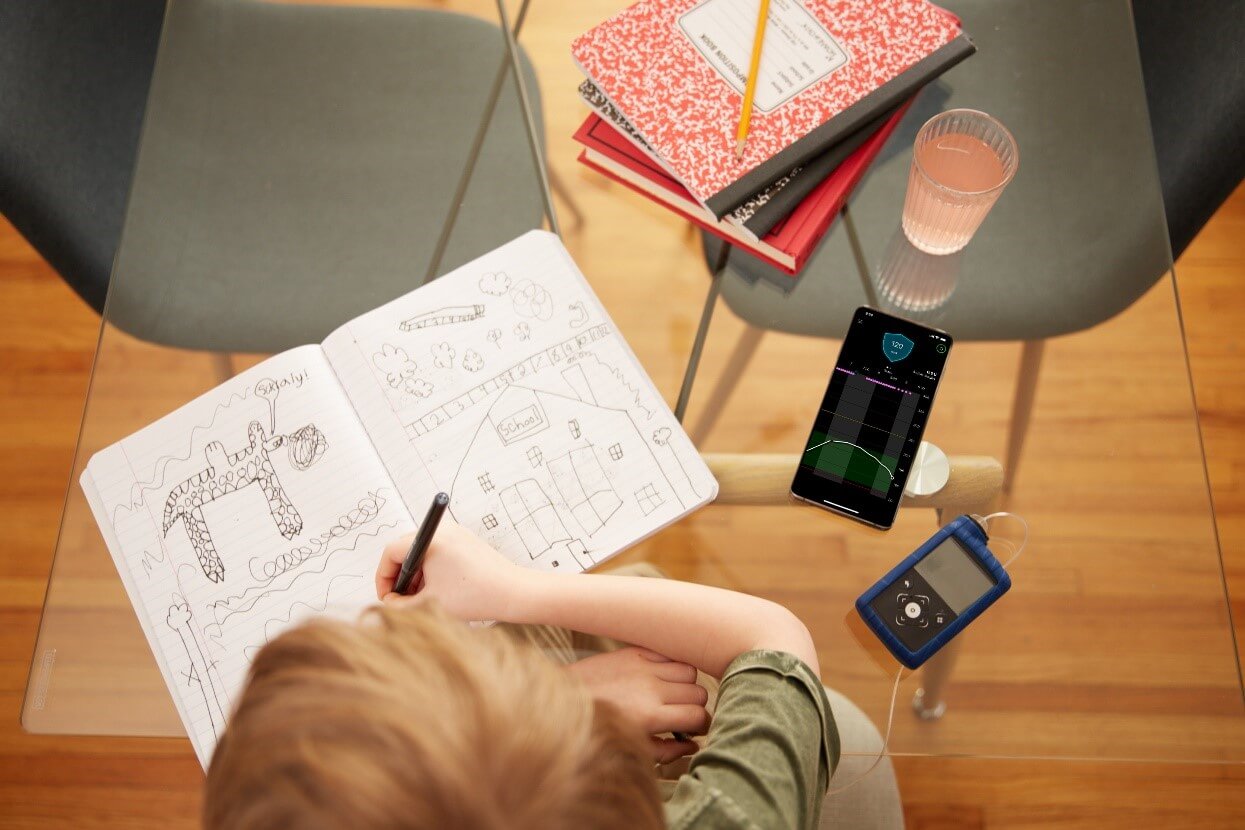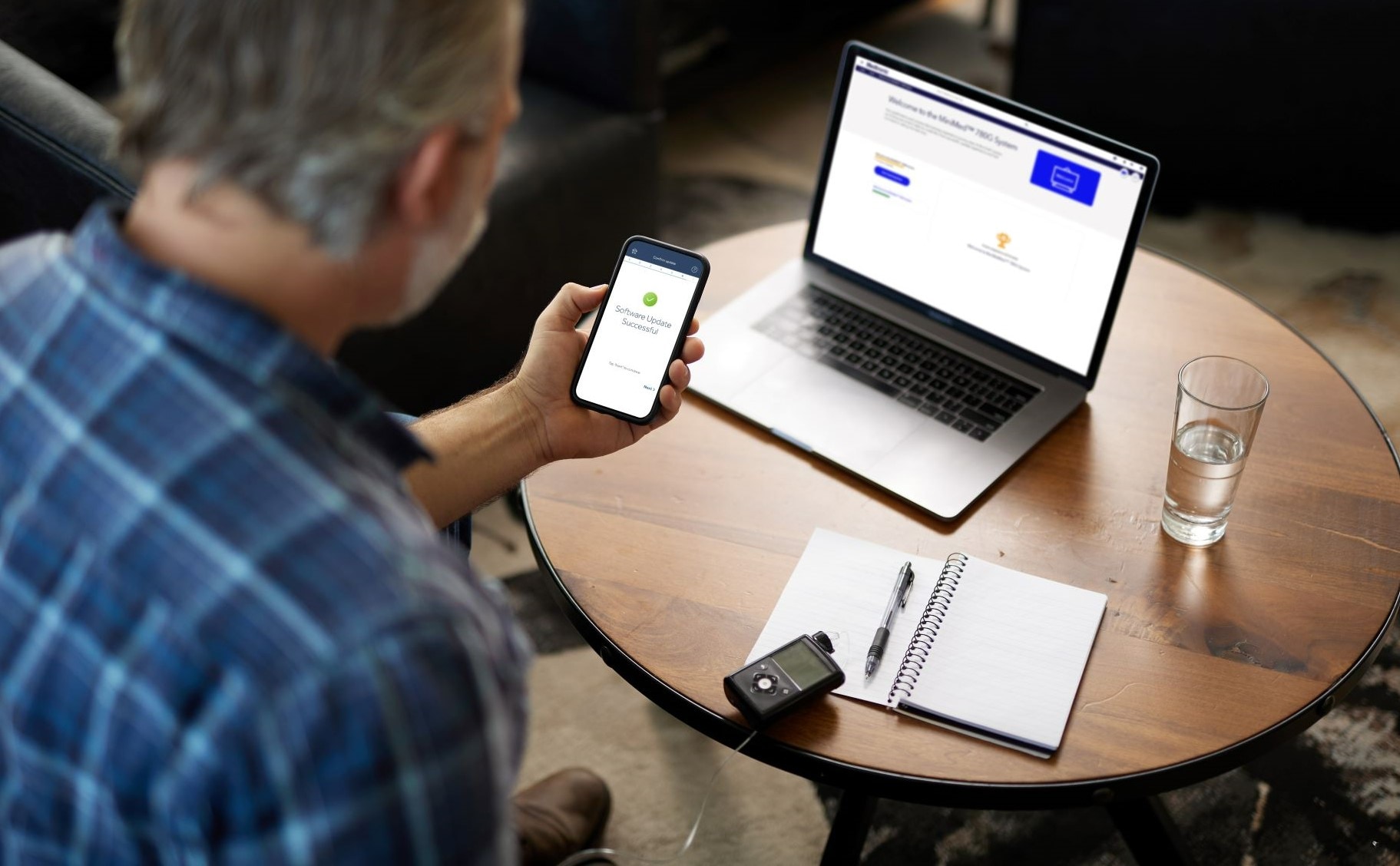Getting the most out of SmartGuard Auto Mode

Anyone living with diabetes or who knows someone with diabetes has a “diabetes story.” As a diabetes educator, I often want to hear from people living with diabetes and their stories of when they were first diagnosed. Perhaps you’re thinking of yours right now! Although it is only a tiny glimpse of your journey with diabetes, I believe it’s a significant one. Another major moment, I think, is when you first received your insulin pump. I have the opportunity to train patients on hybrid closed loop therapy. When I’m with anyone who’s been using a pump for a long time, I like to ask, "Did you ever imagine you would be wearing a pump that communicates with a sensor the way this system does?" Those who know about SmartGuardTM Auto Mode and all the buzz it created when it first launched may have also considered their transition to this system as a vital moment in their diabetes journey.
What is SmartGuardTM Auto Mode?
As you may know, SmartGuardTM Auto Mode was first launched as part of the MiniMedTM 670G system, the first hybrid closed loop system in the United States, and is now also available on the MiniMedTM 770G system, which also features smart device connectivity. SmartGuardTM Auto Mode dynamically1 adjusts basal insulin delivery based on your sensor glucose readings, so you get more insulin when you need it and less when you don’t. In other words, depending on whether your sensor glucose readings are going high or low, SmartGuardTM Auto Mode increases or decreases insulin delivery every five minutes while targeting sensor glucose of 120 mg/dL. So think about this: every five minutes, SmartGuardTM Auto Mode adapts to your sensor glucose readings to help decrease glucose variability. No other system can make this claim.

But, how does SmartGuardTM technology work?
The way SmartGuardTM Auto Mode works is unique to you in that it takes into consideration your real-time glucose data as well as your trends. It takes into account:
- The total amount of active insulin in your body (bolus and basal)
- Data from the sensor:
- How far the sensor glucose is from 120 mg/dL
- How long the sensor glucose has been away from 120 mg/dL
- How fast the sensor glucose has been changing
- The last six days of sensor glucose values and insulin delivery to determine the maximum and minimum amount of insulin you need
In addition, SmartGuardTM Auto Mode continuously works to help you increase the time you spend between 70-180 mg/dL, which is also known as Time in Range (TIR)
Tips to help you stay in SmartGuardTM Auto Mode
When you respond to the alerts and alarms right away in SmartGuardTM Auto Mode, this can help the system perform its best while working safely. Below, I’ve also added some best practices learned from Medtronic Clinical Educators. Need an easy way to remember them? They’re called the 3Cs!
- Carbohydrates: While you don’t need to be an expert at counting carbs , you may want to consider a review or refresher if you’re feeling unsure. Also, remember to enter carbs into your pump and bolus 10-15 minutes before eating. This webinar on carb counting is a great resource.
- Calibration: 3-4 times per day. When in doubt, remember that “before is best,” which means you should try to calibrate before meals and before bed and avoid calibrating during times when your sensor glucose values are changing quickly.
- Corrections: If your sensor glucose readings have been running at or above 150 mg/dL, check your blood sugar and enter the number into the pump. SmartGuardTM Auto Mode will let you know whether a correction bolus is needed or not.
Using your diabetes team for support
Regular discussions between you and your diabetes care team are important to determine your insulin needs and settings. This can be done by frequently reviewing your CarelinkTM report or taking a look at the Sensor Glucose Review option in your pump. [Options > History > Sensor Glucose Review > Days to Average (changing the number of days to 7 or the number of days you want to view an average for) > Next.] Once you’ve seen this data, consider reaching out to your diabetes team if your TIR is not at 70% or greater. A simple adjustment such as changing the alerts or insulin to carb ratios to something more individualized may help. On the other hand, reviewing some tricks or tips to address more unique situations may also help. In addition, Medtronic has many resources, including a Medtronic Clinical Educator, to provide additional support as you continue on your diabetes journey. We hope these tips were helpful for you and help you get the most out of SmartGuardTM Auto Mode.
1 Refers to SmartGuard Auto Mode. Some user interaction required. Individual results may vary.
The opinions expressed in this blog do not take the place of medical advice or guidance. Please reach out to your healthcare team if you have for questions or concerns about your diabetes management.
IMPORTANT SAFETY INFORMATION MINIMED™ 770G SYSTEM WITH SMARTGUARD™ TECHNOLOGY
The MiniMed™ 770G system is intended for continuous delivery of basal insulin (at user selectable rates) and administration of insulin boluses (in user selectable amounts) for the management of type 1 diabetes mellitus in persons two years of age and older requiring insulin as well as for the continuous monitoring and trending of glucose levels in the fluid under the skin. The MiniMed™ 770G system includes SmartGuard™ technology, which can be programmed to automatically adjust delivery of basal insulin based on continuous glucose monitoring (CGM) sensor glucose (SG) values and can suspend delivery of insulin when the SG value falls below or is predicted to fall below predefined threshold values.
The Medtronic MiniMed™ 770G system consists of the following devices: MiniMed™ 770G insulin pump, the Guardian™ Link (3) transmitter, the Guardian™ Sensor (3), one-press serter, the Accu-Chek® Guide Link blood glucose meter, and the Accu-Chek® Guide test strips. The system requires a prescription.
The Guardian™ Sensor (3) has not been evaluated and is not intended to be used directly for making therapy adjustments, but rather to provide an indication of when a fingerstick may be required. All therapy adjustments should be based on measurements obtained using a blood glucose meter and not on values provided by the Guardian™ Sensor (3).
All therapy adjustments should be based on measurements obtained using the Accu-Chek® Guide Link blood glucose meter and not on values provided by the Guardian™ Sensor (3). Always check the pump display to ensure the glucose result shown agrees with the glucose results shown on the Accu-Chek® Guide Link blood glucose meter. Do not calibrate your CGM device or calculate a bolus using a blood glucose meter result taken from an Alternative Site. It is not recommended to calibrate your CGM device when sensor or blood glucose values are changing rapidly, e.g., following a meal or physical exercise.
WARNING: Do not use the SmartGuard™ Auto Mode for people who require less than 8 units or more than 250 units of total daily insulin per day. A total daily dose of at least 8 units, but no more than 250 units, is required to operate in SmartGuard™ Auto Mode. |



